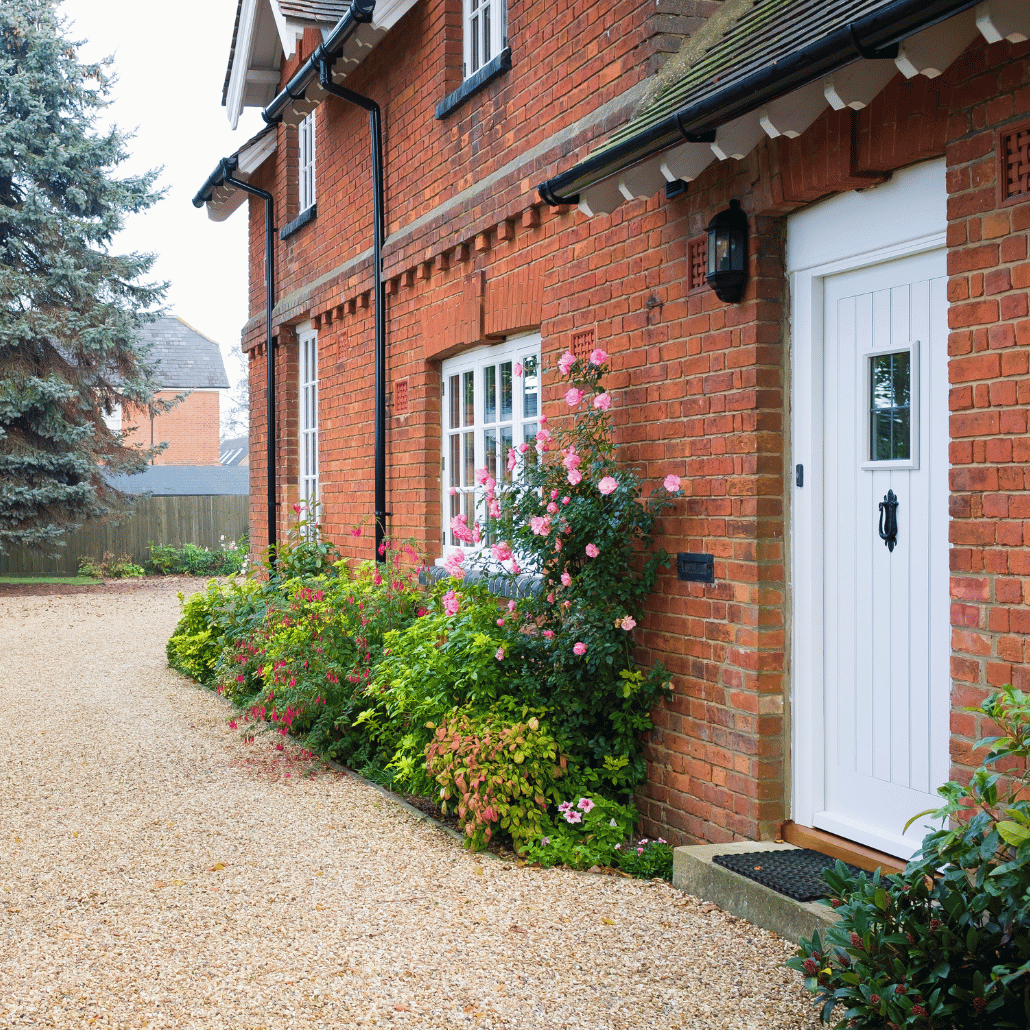Published: 23/11/2023
Why did rural property sales boom?
The pandemic ignited a unique trend in the UK property market. Confined to their homes during lockdowns, many people reevaluated their living spaces, leading to a surge in demand for rural properties. This demand was characterised by a preference for larger homes with outdoor spaces, away from urban centres. The stamp duty holiday acted as a catalyst, encouraging buyers to make the move to the countryside.
The increased demand meant that rural property owners could demand a premium leading to an above average increase in prices for rural properties and reduced sale times.
The current state of rural property sales
Recent statistics from Q3 2023 paint a contrasting picture. The prime UK regional prices saw their largest annual fall since the global financial crisis, with a 6.1% decline year-to-year. Despite remaining 12.2% higher than in June 2020, this downturn marks a significant shift from the post-pandemic boom.
Factors contributing to this slowdown include high borrowing costs, weak market sentiment, and the end of the stamp duty holiday. The mini-Budget in September 2022 (yes we are still talking about that!), which caused a spike in rates and the temporary removal of some mortgage products, also played a role in dampening the market’s momentum, a change that the market never really recovered from.
Why are things slowing down?
Although you could argue that a slow down was inevitable, and it was predicted by HSBCs market analysts at the back of of last year, given that all good things come to an end there are several factors that could be influencing the slow down;
Increased Borrowing Costs: The cost of borrowing remains at a 15-year high, this along with a cost of living crisis is squeezing affordability for buyers meaning that many are having to look at lower valued properties or are staying put.
Weak Market Sentiment: Uncertainty around interest rates and economic conditions has led to a cautious approach from both buyers and sellers as both wait to see what is going to happen, although the autumn statement could see an increase in buyer sentiment as it looks like current interest rate levels are here to stay for the foreseeable future.
End of Incentives: The conclusion of the stamp duty holiday removed a significant incentive for buyers.
Market Stalemate: A mismatch in price expectations between buyers and sellers has led to a stalemate, with buyers seeking discounts and sellers holding on to last year’s prices.
So what happens next?
Looking ahead, the outlook for the rural property market is cautiously optimistic. Knight Frank forecasts a smaller price fall of 3% in prime regional markets in 2024 and a return to growth in 2025. This optimism is based on several factors:
Interest Rate Peak: The expectation that interest rates have peaked and the return of 5-year fixed-rate deals at under 5% are improving market confidence.
Economic Recovery: As the economic picture brightens, with growth forecasts not as bad as predicted, consumer confidence is expected to cautiously return, which will have a positive if not significant knock on effect on the housing market.
Long-Term Appeal: The long-term appeal of rural living, with its lifestyle benefits, remains a strong draw for a segment of the market especially amongst environmentally aware consumers looking to escape the poor air quality of the larger UK cities.
There is a caveat to this optimism however, with the trend of remote work declining (According to LinkedIn, there has been a decrease in the number of remote opportunities listed on its job site, falling from 16% at the beginning of the year) and as the current economic slump leads people valuing job security over lifestyle improvements we could see not only the demand for rural properties dip but at the same time a reversal in the migration away from urban areas which has been the trend in recent years.
This would lead to more rural properties coming to the market and less demand from buyers and this could drive down prices and increase sale times.
Conclusion
The rural property sales boom, a defining trend of the pandemic era, appears to be normalising. While the current slowdown reflects broader economic and market challenges, the long-term prospects remain positive if the current economic forecasts prove accurate. As the market adjusts to the new economic realities, rural properties continue to offer unique lifestyle benefits that could sustain demand in the long term provided that the job market doesn’t collapse.
As we move towards 2024 and beyond, the rural property market is expected to regain its footing, albeit at a more measured pace than the frenetic activity seen in the immediate post-pandemic period.


